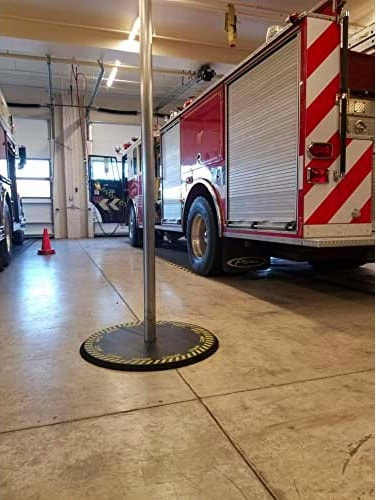|
"I’m very pleased to announce the NFCC Lunch and Learn on 3 March at 13:00-14:00 to mark the international Women’s Day." "We have invited Jo Reynolds who was the first wholetime female Firefighter in the UK and we have a new firefighter from Norfolk who will be joining Jo Reynolds for the lunch and learn. we thought it would be nice as this is where Jo started her journey" Please use this form to book your place. Hope to see many of you there!  Please use this form to book your place.
#FIREWOMAN #InternationalWomen’sDay #BreaktheBias #lunchandlearn #NFRS #firefighting #employment #youngpeople #womenfirefighters #femalefirefighters #firsts #trailblazers #careerchoice #youcanbewhatyoucansee #HistoryMakers
The Sex Discrimination Act 1975 made it unlawful for an individual to be discriminated against in the workplace in relation to selection for a job, training, promotion, work practices, dismissal or any other disadvantage such as sexual harassment because of their sex or marital status.
The Sex Discrimination Act 1975 prohibited sex discrimination in the workplace. Since October 2010 this has been regulated by the Equality Act. This legislation protects employees and workers (and anyone under a contract to personally carry out work) from less favourable treatment as a result of their sex. "Laughlin Fire Emergency Services, Texas
In recognition of Black History Month: Where did the fire pole come from? Once a common accessory found in nearly every two, and three-story fire station built around the turn of the century, the fire pole has been gradually disappearing from many of America’s fire stations today. Since the late 1960’s to current day, modern fire stations are frequently built with everything on the ground floor, eliminating the need for a fire pole. But to this day, hundreds of existing multistory fire stations still have and use them, mostly in older cities. But where did the fire pole originate? Until 1878, spiral staircases or sliding chutes were common, but not particularly fast. Fire houses were also equipped with spiral staircases so horses would not try to climb the stairs into the living quarters. Captain David B. Kenyon of Chicago's all-black Engine Company No. 21 worked in a three-story fire station. The ground floor contained the firefighting equipment, the floor above was for recreation and sleeping, and the top floor was the hayloft to store the winter supply of hay for the fire engines' horses. During transport, the hay was secured to a wagon using a wooden binding pole, which was stored in the hayloft when not in use. Firefighter George Reid slid down the pole to respond to a call for help once, which inspired Kenyon to create a permanent pole. In 1878, Captain Kenyon convinced his Chief to make the necessary hole in the building and install the pole, after agreeing to pay for any necessary maintenance. The company crafted a pole out of a Georgia pine beam by shaving and sanding it into a 3-inch diameter pole which they gave several coats of varnish and a coat of paraffin. Despite being the butt of many jokes, others soon realized Engine Company 21 was usually the first Engine Company to arrive when called, especially at night, and the chief of the department ordered the poles to be installed in all Chicago fire stations. In 1880 the first brass pole was installed in the Worcester, Massachusetts Fire Department. |
AuthorGutsy Girls, may we see them, may we be them! Archives
May 2023
Categories |
|
Contact Us |






 RSS Feed
RSS Feed

